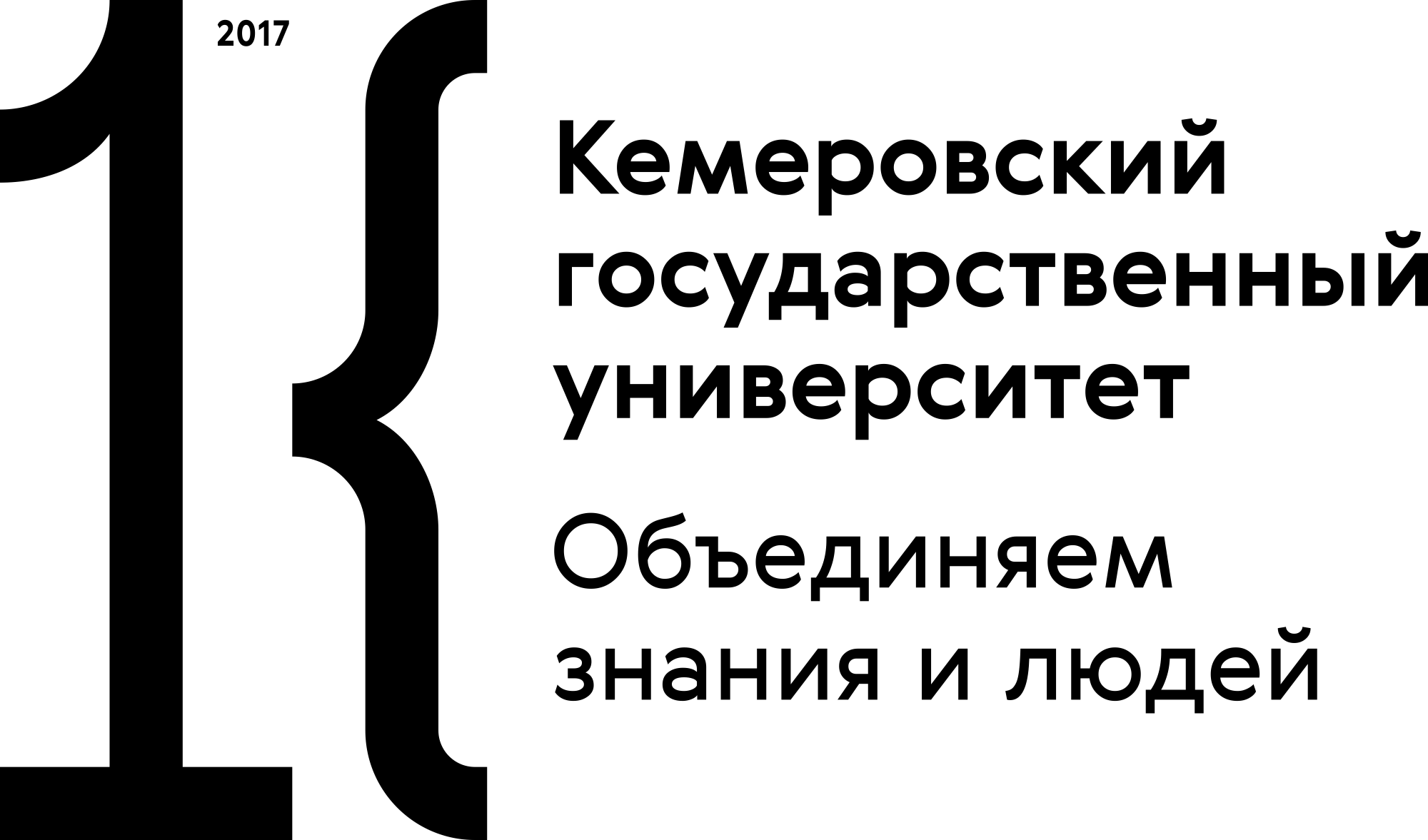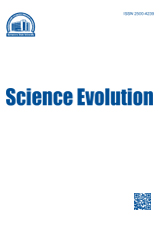Россия
Россия
Россия
Россия
Россия
Россия
Россия
ГРНТИ 27.01 Общие вопросы математики
ГРНТИ 31.01 Общие вопросы химии
ГРНТИ 34.01 Общие вопросы биологии
The pilot research executed in 2014 in selection of patients with lung cancer (LC) and healthy residents of Kemerovo region (338 Caucasians: 159 having LC and 179 healthy) has shown statistically significant distinction between groups of level and range of chromosome aberrations in blood lymphocytes. Patients of cancer detection centre (before treatment) had increased chromosome aberration values, both of chromatid and chromosomal types. 250 metaphases were analyzed for each individual. For accuracy test of the received quantitative characteristics of mutational process and definition required and enough number of cells necessary for the analysis, at essential increase in further selection volume, 50 LC patients (selected randomly), comparison of cytogenetic data has been carried out in the analysis of 200 cells, then 400, 600, 800, 1000 and over 1000 metaphases. Totally, in this subgroup 50 000 cells which were at a mitosis metaphase stage have been studied. Statistical data processing was carried out with the use of a software package for Windows Statistica 8.0. Using Mann-Whitney U-criterion it is confirmed that frequency of aberrant metaphases doesn't change significantly for statistics in case of increase in analyzed cells quantity; the analysis of 200 cells gives no less reliable information about the individual CA level, than the analysis of 1000 and more cells. In this regard it is possible to make the conclusion that 200 cells is necessary and enough number of analysed metaphases at the assessment of individual level and chromosomal aberrations' range for Kemerovo region residents who have lung cancer.
chromosomal aberrations, lung cancer, cytogenetic, industrial cities, environmental pollution
1. Bakanova M.L., Minina V.I., Savchenko Ya.A., Ryzhkova A.V., Golovina T.A., Titov V.A., Verzhbitskaya N.E., Vafin I.A., Ragozhina S.E. Khromosomnye aberratsii v limfotsitakh perifericheskoy krovi u bol'nykh rakom legkogo, prozhivayushchikh v Kemerovskoy oblasti [Chromosomal aberrations in peripheral blood lymphocytes in patients with lung cancer who live in the Kemerovo region]. Meditsinskaya genetika [Medical genetika], 2014, no. 4, pp. 39-43.
2. Bondar' G.V., Glushkov A.N., Grishchenko S.V. Zabolevaemost' zlokachestvennymi novoobrazovaniyami naseleniya donetskoy i Kemerovskoy oblastey za 1990-2005gg. [Incidence of malignant neoplasms of the population of Donetsk and Kemerovo regions for 1990-2005]. Novoobrazovanie [Tumors], 2009, no. 2, pp. 46-50.
3. Bochkov N.P. Metod ucheta khromosomnykh aberratsiy kak biologicheskiy indikator vliyaniya faktorov vneshney sredy na cheloveka. Metodicheskie rekomendatsii dlya nauchno-issledovatel'skikh i sanitarno-epidemiologicheskikh uchrezhdeniy. [Method of accounting chromosome aberrations as a biological indicator of the influence of environmental factors on human. Guidelines for research and sanitary facilities]. Moscow: Publishing House of the Ministry of Health of the USSR, 1974. 378 p.
4. Bochkov N.P., Sapacheva V.A., Filippova T.V., Katosova L.D., Platonova V.I., Dygieva S.V., Belyakova S.V., Smulevich V.B., Solenova L.G. Tsitogeneticheskoe obsledovanie rabochikh proizvodstva reziny [Cytogenetic examination of rubber production workers]. Meditsina truda i promyshlennaya ekologiya [Occupational Medicine and Industrial Ecology], 1993, no. 5-6, pp. 12-14.
5. Bochkov N.P., Chebotarev A.N., Katosova L.D., Platonova V. Baza dannykh dlya analiza kolichestvennykh kharakteristik chastoty khromosomnykh aberratsiy v kul'ture limfotsitov perifericheskoy krovi cheloveka [Database for the analysis of quantitative characteristics of the frequency of chromosomal aberrations in the culture of human peripheral blood lymphocytes]. Genetika [Genetics], 2001, vol. 37, pp. 549-550.
6. Bochkov N.P., Durnev A.D. Ochevidnoe i neveroyatnoe v predstavleniyakh o mutatsionnom protsesse u cheloveka [Obvious and incredible in the process of human mutation]. Gigiena i sanitariya [Hygiene and sanitation], 2011, no. 5, pp. 9-10.
7. Goncharova R.I., Kuzhir T.D. Molekulyarnye osnovy primeneniya antimutagenov v kachestve antikantserogenov [Molecular basis of antimutagens application as an anti-cancer method]. Ekologicheskaya genetika [Ecological Genetics], 2005, vol. 3, no. 3, pp. 19-32.
8. Zaridze D.G. Epidemiologiya, mekhanizmy kantserogeneza i profilaktika raka [Epidemiology, mechanisms of carcinogenesis and cancer prevention]. Arkhiv patologii [Archives of Pathology], 2002, vol. 64, no. 2, pp. 53-61.
9. Minina V.I., Druzhinin V.G., Golovina T.A., Titov R.A. K voprosu o neobkhodimom i dostatochnom chisle kletok dlya analiza individual'nogo urovnya khromosomnykh aberratsiy v limfotsitakh krovi cheloveka [On the question of the necessary and sufficient number of cells for analysis of individual level of chromosomal aberrations in human lymphocytes]. Materialy nauchnoy sessii Instituta ekologii cheloveka SO RAN [Proceedings of the scientific session of the Institute of Human Ecology SB RAS], 2013, pp.49-54.
10. Sal'nikova L.E., Chumachenko A.G., Lapteva N.Sh., Vesnina I.N., Kuznetsova G.I., Rubanovich A.V. Allel'nye varianty polimorfnykh genov, sopryazhennye s povyshennoy chastotoy khromosomnykh aberratsiy [Allelic variants of polymorphic genes associated with an increased frequency of chromosomal aberrations]. Genetika [Genetics], 2011, vol. 47, no. 11, pp. 1536-1544.
11. Sycheva L.P. Biologicheskoe znachenie, kriterii opredeleniya i predely var'irovaniya polnogo spektra kariologicheskikh pokazateley pri otsenke tsitogeneticheskogo statusa cheloveka [The biological significance, and the criteria for determining the limits of variation of the full range of indicators when assessing cariological cytogenetic status of the person]. Meditsinskaya genetika [Medical Genetics], 2007, vol. 6, no. 11, pp. 3-11.
12. Trubnikova E. V., Balabina I. P., Boldinova E. O. Analiz urovnya spontannogo mutageneza u korennykh zhiteley Kurskoy oblasti [Analysis of spontaneous mutagenesis level of the indigenous inhabitants of the Kursk region]. Molodoy uchenyy [Young scientist], 2015, no. 3, pp. 273-277.
13. Albertini R.J., Anderson D., Douglas G.R., Hagmar L., Hemminki K., Merlo F., Natarajan A.T., Norppa H., Shuker D.E., Tice R. IPCS guidelines for monitoring of genotoxic effects of carcinogens in humans. Mutat. Res., 2000, vol. 463, no. 2, pp. 111-172.
14. Au, W.W., Badary O.A., Heo M.Y. Cytogenetic assays for monitoring populations exposed to environmental mutagens. Occup. Med., 2001, vol. 16, no. 2, pp. 345-357.
15. Bonassi S., Abbondandolo A., Camurri L., Dal Pra L., De Ferrari M., Degrassi F., Forni A., Lamberti L., Lando C., Padovani P. Are chromosome aberrations in circulating lymphocytes predictive of future cancer onset in humans? Preliminary results of an Italian cohort study. Cancer Genet. Cytogenet., 1995, vol. 79, pp. 133-135.
16. Bonassi S., Hagmar L., Stromberg U., Huici Montagud A., Tinnerber H., Forni A., Heikkilä P., Wanders S., Norppa H. Chromosomal aberrations in lymphocytes predict human cancer independently of exposure to carcinogens. Cancer Res., 2000, vol. 60, pp. 1619-1625.
17. Cherednichenko E.G., Gubitskaya E.G., Bitenova M.M., Lukashenko S.N., Pilugina A.L. Tsitogeneticheskie obsledovaniya lyudey iz rayona Semipalatinskogo yadernogo poligona [Cytogenetic survey of people from the region of Semipalatinsk nuclear test site]. Ekologiya i bezopasnost' [Ecology and Safety], 2014, vol. 8. pp. 496-503
18. Gubitskaya E. G., Cherednychenko O. G., Baygushikova G. M., Ahmatullina N. B. Cytogenetic status of residents of Almaty region', Bulletin of the Kazakh National University named Al-Farabi. Biology Series, 2007, no. 2, pp. 86-90.
19. Hagmar L., Bonassi S., Strömberg, Brogger A., Knudsen L., Norppa H., Reutermall C. Chromosomal aberrations in lymphocytes predict human cancer - a report from European Study Group on Cytogenetic Biomarkers and Health (ESCH). Cancer Res., 1998, vol. 58, pp. 4117-4121.
20. Hagmar L., Stromberg U., Bonassi S., Hansteen I.L., Knudsen L.E., Lindholm C., Norppa H. Impact of types of lymphocyte chromosomal aberration on human cancer risk: results Nordic and Italian cohorts. Cancer Res., 2004, vol. 64, pp. 2258-2263.
21. Harms C., Salama S.A., Sierra-Torres C.H., Cajas-Salazar N., Au W.W. Polymorphisms in DNA repair genes, chromosome abberations, and lung cancer. Environ Mol. Mutagen, 2004, vol. 44, no. 1, pp. 74-82.
22. Kültigin C., Sukran C. A., Isik B., Cengiz K. J. Chromosomal aberrations induced by radiotherapy in lymphocytes from patients with lung cancer. Environ. Biol., 2009, vol. 30, no. 1, pp. 7-10
23. Lazutka J.R, Lekevièius R., Dedonyte V., Maciulevièiûte-Gervers L., Mierauskiene J., Rudaitiene S., Slapsyte G. Chromosomal aberrations and sister-chromatid exchanges in Lithuanian populations: Effects of occupational and environmental exposures. Mutat Res., 1999, pp. 225-239.
24. Liou S.H., Lung J. C., Chen Y.H., Yang T., Hsieh L.L., Chen C.J., Wu T.N. Increased chromosome type chromosome aberration frequencies as biomarkers of cancer risk in a blackfoot endemic area. Cancer Res., 1999, vol. 59, pp. 1481-1484.
25. Mitelman F., Mertens F, Johansson B. A breakpoint map of recurrent chromosomal rearrangements in human neoplasia. Nature Genetics, 1997, pp. 415-474.
26. Mitelman F. Recurrent chromosome aberrations in cancer. Mutat Res., 2000, vol. 462, pp. 247-253.
27. Pfeiffer P., Goedecke W., Obe G. Mechanisms of DNA double-strand break repair and their potential to induce chromosomal aberrations. Mutagenesis, 2000, vol. 15, pp. 289-302.
28. Snigiryva G., Shevchenko V. Analysis of Chromosome Aberrations in Human Lymphocytes after Accidental Exposure to Ionizing Radiation. Kyoto University, 2002, pp. 256-267.
29. Russell P. J. Chromosomal mutations. In: B. Cummings (ed.). Genetics. Pearson Education Inc. San Francisco, 2002, pp. 595-621.
30. Topaktas M., Rencüzodullari E., Yla H.B., Kayraldiz A. Chromosome aberration and sister chromatid exchange in workers of the iron and steel factory of Yskenderun, Turkey. Teratog Carcinog Mutagen, 2002, pp. 411-423.
31. Vodicka P., Polivkova Z., Sytarova S., Demova H., Kucerova M., Vodickova L., Polakova V., Naccarati A., Smerhovsky Z., Ambrus M. Chromosomal damage in peripheral blood lymphocytes of newly diagnosed cancer patients and healthy controls. Carcinogenesis, 2010, vol. 31, pp. 1238-1241.
32. Vodenkova S, Polivkova Z, Musak L, Smerhovsky Z, Zoubkova H, Sytarova S et al. Structural chromosomal aberrations as potential risk markers in incident cancer patients. Mutagenesis, 2015, vol. 30, no. 4, pp. 557-620.










